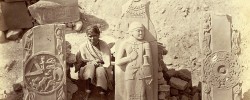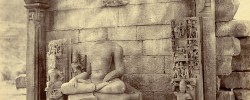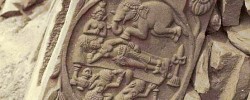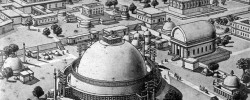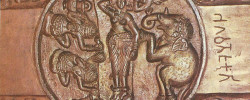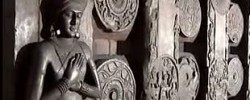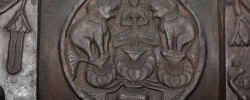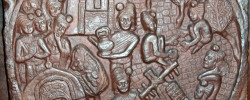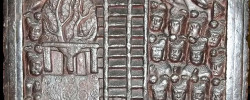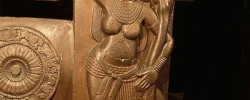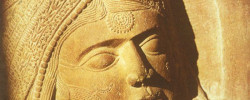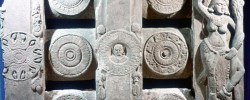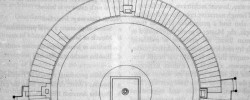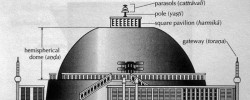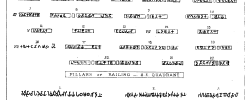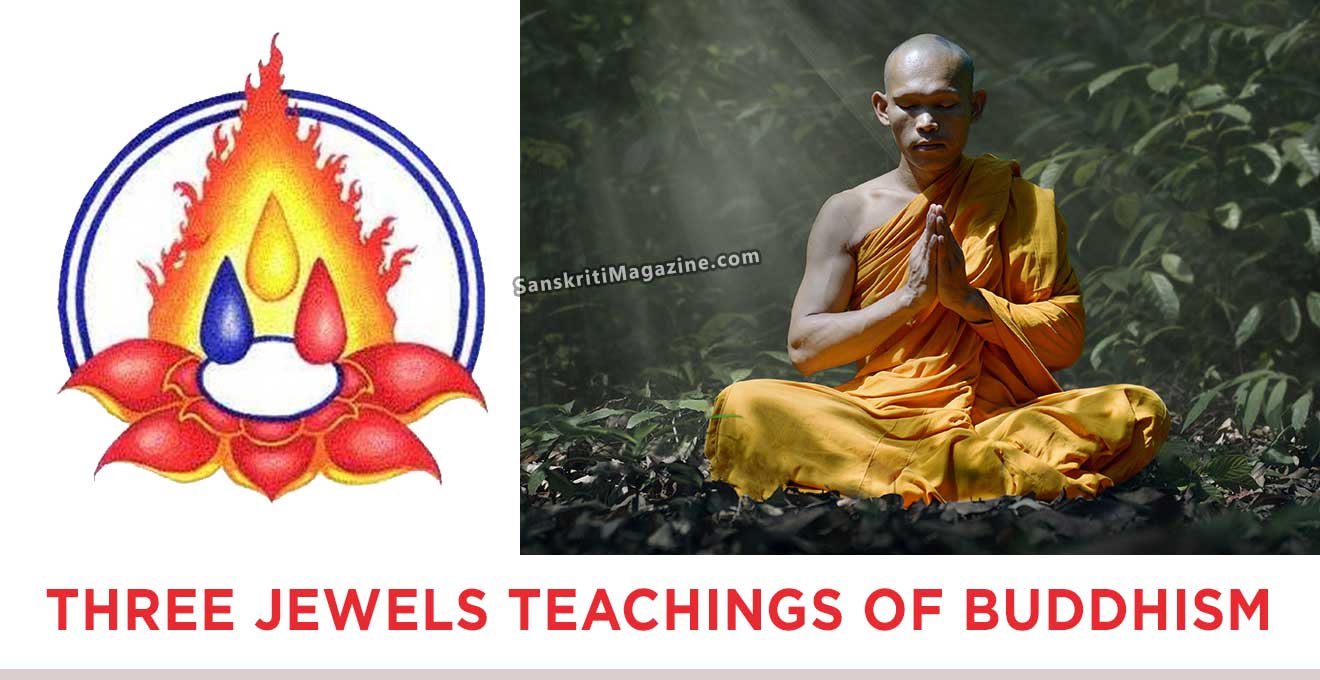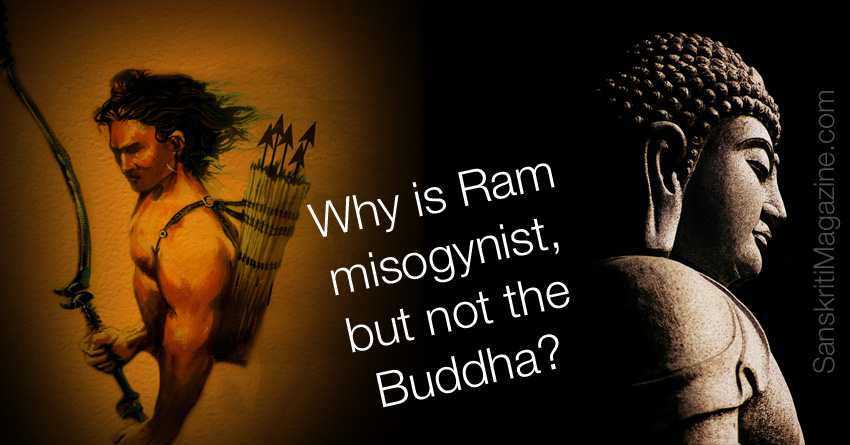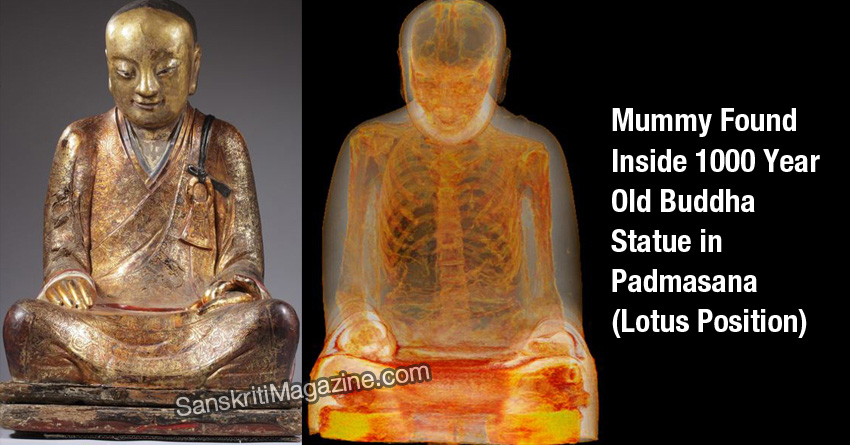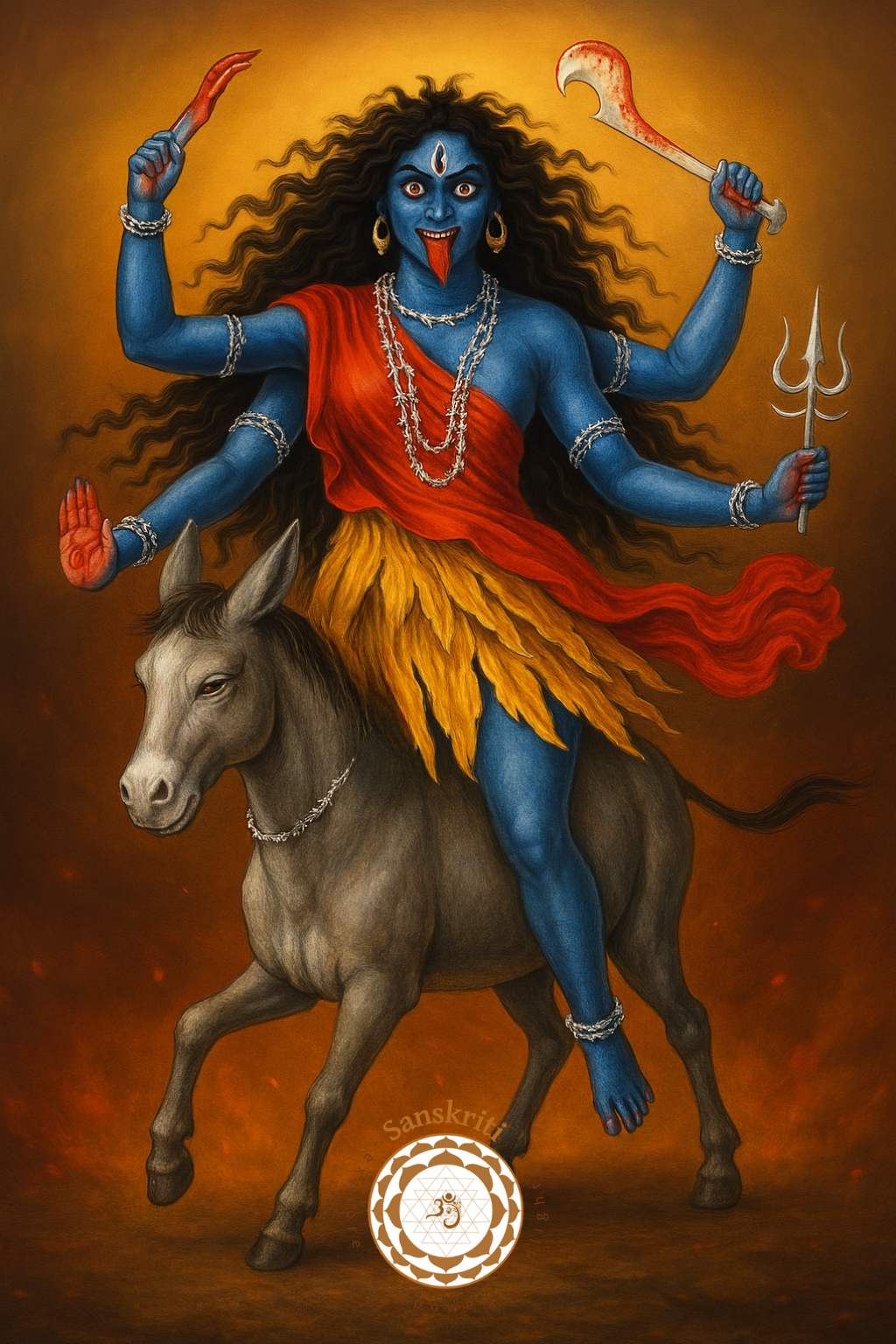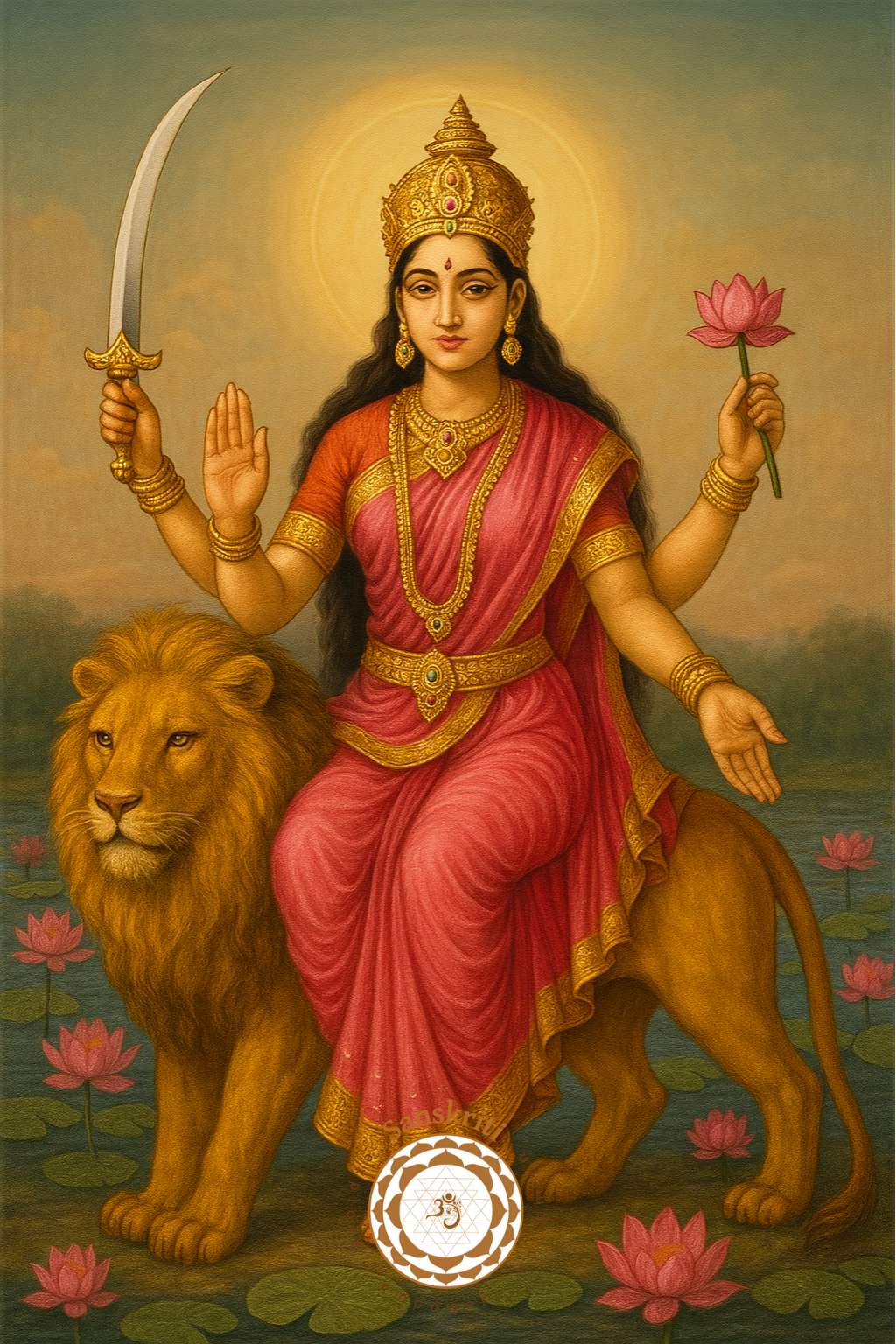Please click on images to view in full:
Bharhut (hindi: भरहुत Bharhut), also called Bardavati, Bardadoh, or Bhaironpur village, is a location in Satna district in Madhya Pradesh, Central India. It is believed to have been founded by the Bhoro people. Bharhut is famous for the ruins of a Buddhist stupa (shrine) discovered there by Major General Alexander Cunningham in 1873.
The stupa was probably begun in the time of Ashoka (c. 250 bce). It was originally built of brick, and it was enlarged during the 2nd century bce, when a surrounding stone railing with entrances on the four cardinal points was constructed. This railing bears a wealth of fine relief carving on its inner face. About the beginning of the 1st century bce, four stone gateways (toranas), each elaborately carved, were added to the entrances. An inscription on these gateways assigns the work to King Vatsiputra Dhanabhuti during the rule of the Shungas (i.e., before 72 bce). The sculptures adorning the shrine are among the earliest and finest examples of the developing style of Buddhist art in India.
The stupa contains numerous birth stories of the Buddha’s previous lives, or Jataka tales. Many of them are in the shape of large, round medallions.
In conformity with the early anionic phase of Buddhist art, the Buddha is only represented through symbols, such as the Dharma wheel, the Bodhi tree, an empty seat, footprints, or the triratana symbol.
The style is generally flat (no sculptures in the round), and all characters are depicted wearing the Indian dhoti, except for one foreigner, thought to be an Indo-Greek soldier, with Buddhist symbolism. An unusual feature of Bharhut panels is inclusion of text in the narrative panels, often identifying the individuals.
“A prime exhibit in the Freedman case was a Yakshi, or female deity, from a stupa temple site in Bharhut, in Madhya Pradesh valued at $15 million that Freedman was convicted of helping Kapoor steal.
The stupa’s sculptural remains are now mainly preserved in the Indian Museum, Kolkata, and in the Municipal Museum of Allahabad. No antiquities exist at Bharhut now.
Much history of the city has been obscured with time but the stone art on the Stupa of Bharhut speak volumes for themselves.


